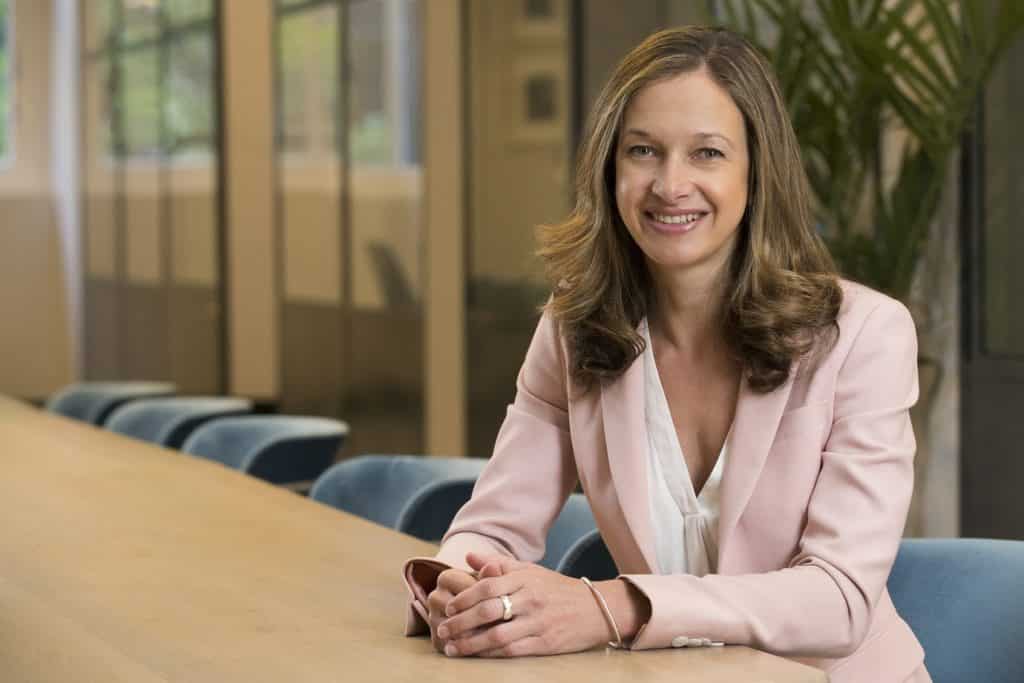There’s been much speculation about the impact that recent climate-related disasters as well as the pandemic had on the wellbeing of Australian children and their educational development. Now, NFP Schools Plus has revealed the full picture, sharing a comprehensive snapshot of the challenges being navigated by schools in disadvantaged communities across the country.
CEO Rosemary Conn says the organisation received “a significant increase in applications from schools looking for help around wellbeing” and “seeking to improve resilience amongst their children” this year.
The key areas identified by schools needing support for their students, included, wellbeing, literacy and maintaining critical engagement in learning.
The report also highlighted that of the 127,000 children in need of support and the 650 disadvantaged schools in need of support, over half were in regional and remote areas with a $15 million gap in necessary funding.
Schools Plus’ goal has always been to “make a safe space” for children from disadvantaged backgrounds to come and learn, Conn says, but this mission took a big hit when communities were forced into extended lockdowns, with teachers now “playing catchup to make sure those kids get back on track and have the ability to deal with what’s happened to them over the last two years.”
Conn says this time out of school amplified many issues in disadvantaged families, such as the struggle to put food on the table when lockdowns disrupted parents’ ability to go to work, or the availability of good wifi connection for remote learning.
“Kids literacy is falling behind if they haven’t been able to attend school and for various reasons, haven’t been able to log on at home,” she says. And, as a result of COVID-related stress, Schools Plus is “seeing kids turning up to school that didn’t necessarily have some of the social skills to deal with difficult situations in the playground.”
“Some of our schools were creating or using funding through School Plus to create nurture rooms or safe spaces for kids to spend time in to regulate their emotions before they come back into the classroom. Then, their brains are more ready to engage with whatever they might be learning that day because we know that a child needs to feel safe and their wellbeing needs to be looked after before they can start working on their literacy or numeracy skills.”
Along with many students falling behind in literacy and numeracy, the report emphasised the particularly need for support in regional and remote communities.
“It can be really hard to get experienced teachers out into those communities in the first place”, says Conn. “And also there’s quite a high level of turnover of staff in those schools. So, they might come for a year or two and then they’re placed elsewhere. Or it’s a particularly challenging environment, and they’ve done their time.”
Conn says that part of what Schools Plus does for these rural and regional communities is to provide innovative ways for students to learn despite location.
“We have a group of teachers that we’re funding to run something that they’ve called the Virtual STEM Academy, which is enabling kids to learn online remotely from some of the best science, technology, engineering and math teachers and experts, from industry as well and they’re all engaging in online challenges.”
Throughout all the work Schools Plus is doing across Australia, Conn wants the support to have a transformational impact on disadvantaged schools that “ isn’t just for one year. Or two or three years, but it’s sustainable beyond the time that we’re working directly with them.”
“I hope that we can make some real change in the school communities that we’re working with, and that we start to see children’s wellbeing improve significantly as a result of this. That is the foundation on which many other aspects of education can be built and it sits hand in hand with literacy and numeracy. It’s very hard to have one without the other.”


